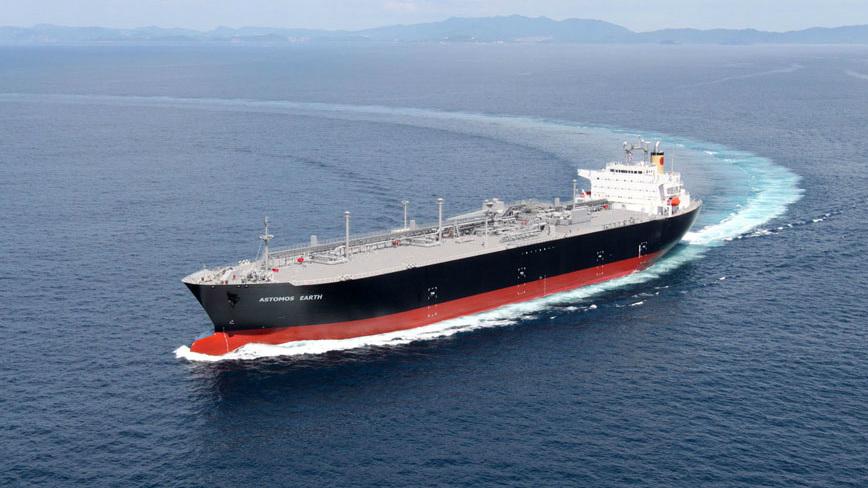Growing Supply Reshapes LPG Shipping

Liquefied petroleum gas (LPG), long a niche product used in petrochemicals, as well as for cooking and outdoor heating, is entering a new era as a wave of supply from the U.S. shale boom cuts prices, spreading its use in emerging markets, a major shipper said.
Production of LPG, known better as propane or butane, has traditionally been dominated by the Middle East, while Japan has been the biggest buyer, where it is used largely as a petrochemical feedstock.
Now, the market is undergoing fundamental change as the U.S. shale oil revolution, in which LPG is produced as a by-product, has propelled the United States to the top of the production table, and emerging markets have overtaken Japan as the biggest buyer.
"In 2013, the U.S. accounted for only 15 percent of global supply volumes, whereas today they account for over 31 percent of global supply volumes. The U.S. is now the single largest LPG exporting nation," Ted Young, Chief Financial Officer at Dorian LPG, told Reuters in an interview for its Global Commodities Summit.
New York-based Dorian LPG, which has a market capitalization of $363 million, says it owns 22 Very Large Gas Carriers (VLGC), making it one of the world's biggest shippers of the fuel.
Soaring U.S. production has made LPG much cheaper, spurring its success in developing countries, with U.S. propane prices PRO-USG down by two-thirds since 2014 to 58 cents per gallon, despite a recent rally on the back of higher crude oil prices.
Cheaper prices have helped LNG grow market share in emerging markets. China "surpassed Japan as the largest LPG importer in the world in 2015 at 12.1 million tons, and will import an estimated 15.5 million tons in 2016," Young said.
Japan imports around 11 million tons of LPG a year.
SUBSIDIZED GROWTH
The primary growth markets are India and South East Asia, Young said, driven largely by a desire to reduce burning of biomass to improve air quality.
LPG's growth is supported by subsidies and government programs in countries like India, Bangladesh, Indonesia, and Myanmar in a push away from household's burning wood and kerosene, which cause smokes and vapors.
The biggest growth is seen in India, with its 8 percent annual economic growth and a population expected to overtake China's as the world's biggest within a decade.
"Looking at India, demand has grown four times since 2009 and is on track to reach approximately 9.3 tons in 2016. India plans to build a 2,000 km long pipeline which will add 3.75 million tons per annum of capacity," Young said.
Despite the strong outlook for LPG, shippers have been dogged by transport oversupply, as in much of the oil market.
"Shipping frequently moves in cycles, and the current environment is no different. All segments saw new deliveries enter the market, which depresses rates," said Young.
The coming two years would be important for the sector as a number of multi-year export contracts were up for renewal in 2017 and 2018 between U.S. terminals and Asian importers and traders, he said.
However, Young said he was convinced that LPG had tremendous growth potential, and Dorian LPG would look at ways to increase shareholder value, which might include acquisition targets.
